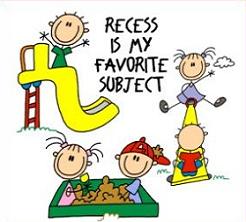Does beauty transcend banality and inconvenience? If this story about a violin virtuoso, Joshua Bell, playing on the subway station is any indication, we do not have “a moment to stop and listen to one of the best musicians in the world playing the best music ever written.” This of course leads to the more fundamental question, just “how many other things are we missing?” in the madness of our everyday existence.
This ability to see beauty in the world around us lies at the heart of a distinction made by Dewey (and echoed by Czsiksentmihaly): a distinction between perception and recognition. Perception is about seeing things for what they are, while recognition is about seeing things for how they have been labeled or how we have seen them in the past.
Recognition is our minds way of classifying, stereotyping, organizing the confusion around us so that we can go on with our daily lives without having to deal with each and every stimulus. In that sense it is essential for survival. However, being a top-down phenomena, recognition can often blind us to nuances, details and the innate nature of things. Perception on the other hand, is bottom-up, allowing us to focus on the object of inquiry in and of itself.
So the same people who would pay hundreds of dollars to hear Bell perform on stage, ignored him completely when he played on the subway platform. This was a classic case of recognition trumping perception.
This recognition / perception distinction is one that I try hard to break (though I doubt one can ever be truly successful), and lies at the heart of true creativity and humanity. Perception is hard. It requires stepping out of man-made frames and to see the world as it truly is. Gandhi had this ability, as did Picasso (though in different ways).
This distinction is also at the heart of the veja du assignment (which had written about previously: some context here and and the actual assignment here).



Check out books on meditation too. I think they are talking about learning/practicing perception though in a different language. (Who knows, this may even be true. I mean, its all about interpretation, right?)